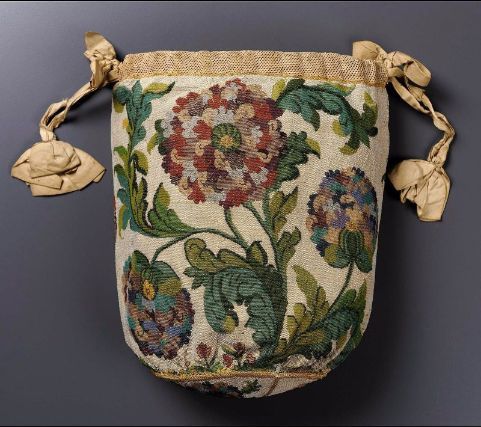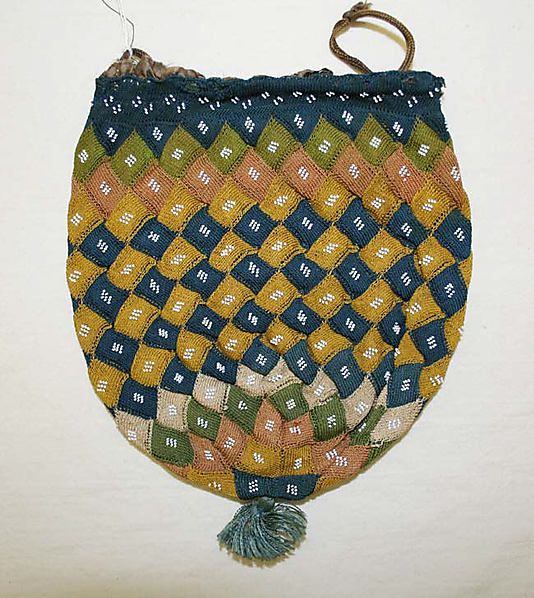
My topic today with regard to Pennsylvania Dutch history, is the enslavement of white adults and children as a method of paying for passage to America. It is meant only as a brief glimpse into the lives of hard-working individuals who appreciated an opportunity to change their destiny in a new world.
The terms indentured and redemptioner refer to white Europeans who bound themselves to someone in return for payment of their passage to America. The difference in the two is that indentures were negotiated and approved by a magistrate or other official prior to the passage while a redemptioner sailed first and had to reach an agreement as to the terms of servitude upon reaching their destination and before they were allowed to leave the ship. Redemptioners had little to no ability to negotiate the terms of service.
Indentured servants were not paid a salary and could not travel or marry without the consent of their master. They ate what was provided, however coarse it might be, and worked whatever hours were demanded of them.
“About 1720, German immigrants began coming to Philadelphia in great numbers by the way of Rotterdam and other Dutch seaports. Some of them had money enough to pay their passage, but very many of them, when they landed at Philadelphia, found themselves indebted to the master of the ship, or, more often, absolutely penniless in a strange land. They sold their services to the first person who would pay their debts and provide them with food and shelter.
Men made a regular business of going to Philadelphia and buying the services of these German laborers, whom they took into the interior to sell to farmers. Often families were obliged to separate, the parents going in one direction and the children in another; sometimes they would never see each other again.”
Landlords in Europe could sell impoverished tenants into servitude to men who made their living trafficking in human cargo with the intent of reselling the individuals upon arrival in America. Such “entrepreneurs” who profited from the misfortune of those less fortunate were referred to as, “Soul-sellers”.
Various accounts published just after the turn of the 20th century state that children were often bound out to pay for their passage as well as that of their parents. They could be bound out as small children and sometimes served their masters until they turned 21.
A high percentage of the Palatines who came over did so as redemptioners due to the harsh circumstances in their native land, especially Mennonites who had suffered from religious persecution, but after, “ten or a dozen”, years many were prosperous farmers and property owners. “They settled in the central and southern parts of Pennsylvania…”, and thus began the legacy of the Pennsylvania-Dutch.
Germans from the Rhine provinces and the Swiss who came prior to 1717-20 were usually able to pay their own passage and make a meager start at life, but those who came afterward often came as redemptioners after being impoverished by wars and decades of conflict.
“In 1722, the Palatine servants were disposed of at £10 each, for five years of servitude.” Benjamin Franklin noted in 1759 that, “the labor of the plantations is performed chiefly by indentured servants, brought from Great Britain, Ireland, and Germany; because of the high price it bears, it cannot be performed any other way”.
Conditions varied but were generally poor for, “…non-English-speaking individuals and families…whose time was not their own during the years of their involuntary servitude”.
Failure to fulfill the terms of a contract or running away before the contract expired were met with punishment yet the papers are filled with run-away ads and the offer of reward for information leading to the return of such a servant.
Many of the redemptioners were farmers whose skills propelled Pennsylvania to the forefront of the American agricultural movement, but as the following advertisement will demonstrate, tradesmen also sought their fortune in the colonies.
“Just arrived from London, in the ship “Borden”, William Harbert, Commander, a parcel of young likely men-servants, consisting of Husbandmen, Joyners, Shoemakers, Weavers, Smiths, Brick-makers, Bricklayers, Sawyers, Taylers [sic], stay-makers, Butchers, Chair-makers, and several other trades, and are to be sold very reasonable either for ready money, wheat Bread, or Flour, by Edward Hoone, in Philadelphia”. – The American Weekly Mercury, Nov. 7, 1728.
On Jan. 18, 1774, notice was published in the Pennsylvania Staatsbote saying, “There are still 50 or 60 German persons newly arrived from Germany. They can be found with the widow Kriderin, at the sign of the Golden Swan. Among them are two Schoolmasters, Mechanics, Farmers, also young children as well as boys and girls.”
Newspapers contained notices of masters who wanted to re-sell a servant such as this one published in The Pennsylvania Messenger. “A young girl and maid servant, strong and healthy; no fault. She is not qualified for the service now demanded. Five years to serve”.
Another ad from the Pittsburgh Gazette notified the public of an opportunity to obtain for ready money, “A German woman servant. She has near three years to serve, is well qualified for all household work; would recommend her to her own country people particularly, as her present master has found great inconvenience from his not being acquainted with their manners, customs, and language…”. Was this a mother being sold away from her children or husband? We’ll never know because familial relationships were of no concern to those negotiating such sales and certainly wouldn’t have been publicized.
Another form of servitude was apprenticeship where a youth or adult bound themselves to someone in exchange for learning a trade. Apprentices were servants and could be punished and returned if they decided to leave prior to the date specified in their contract and they could be sold if their master so chose.
Upon completion of an apprenticeship, individuals might expect to be supplied with a new set of clothing, shoes, and perhaps enough simple tools with which to eke out a living. In some ads, it was stipulated that the servant was to be taught to read and write before setting out on his own. Unless specified in the contract, indentured servants and redemptioners had no such expectations.
Names of the thousands of individual servants are so poorly documented it would be extremely difficult to know if an ancestor who came to America did so under these circumstances, however, for those like Martin whose early 18th century immigrant ancestral lines all converge in the Palatinate and Switzerland chances are pretty high that someone did. By the late 18th century, prosperous Pennsylvanians who knew their parents or grandparents had been indentured proudly acknowledged their descent from hard-working people who not only improved their own circumstances, but also contributed to the prosperity of the state. ©
Fanning, John Watson. “Annals of Philadelphia and Pennsylvania in Olden Time.” 1830.
The Advocate: America’s Jewish Journal. Vol. 47. April 18, 1914.
Channing, Edward. Elements of United States History. 1763
An Account of the Manners of the German Inhabitants of Pennsylvania.
Swank, James Moore. Progressive Pennsylvania. 1908. Philadelphia.






















You must be logged in to post a comment.